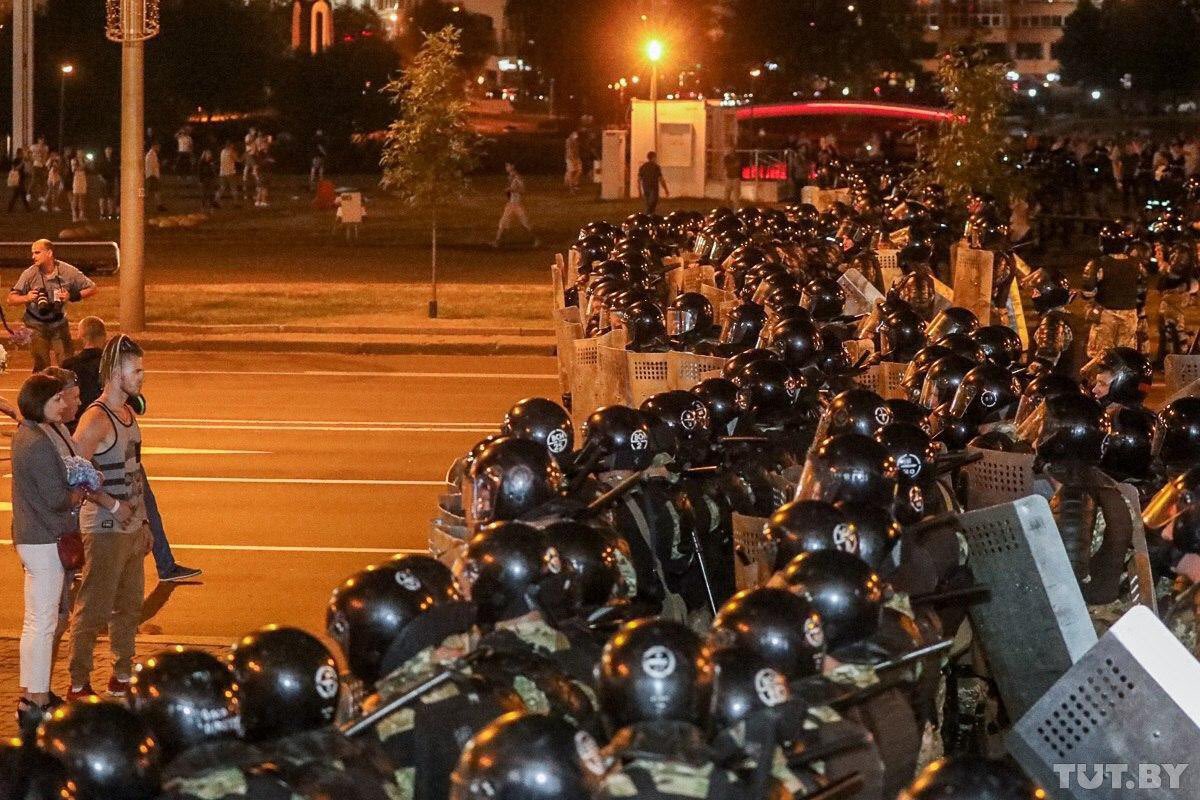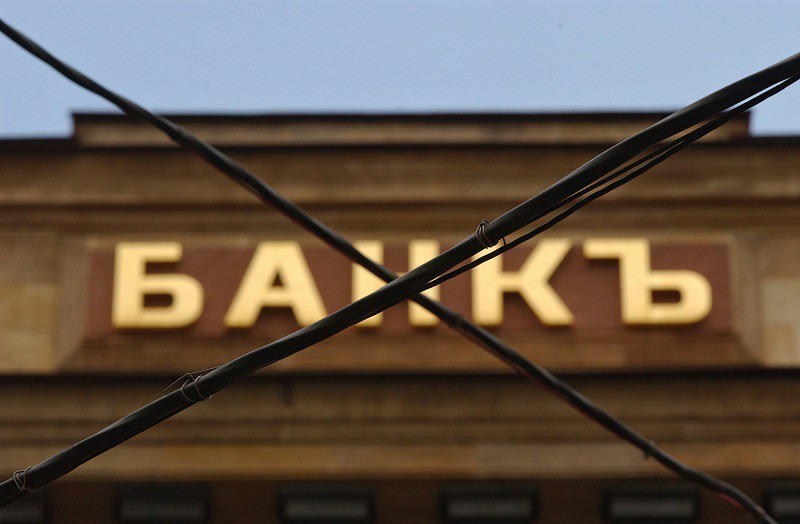Dedovshchina, the Russian term for the mistreatment of more recent draftees and recruits by their seniors or of soldiers from one ethnic group by members of another has its roots in the demographic decline of the Slavic nations which has forced the authorities to take in criminal elements that earlier it might have blocked from serving.
That is the conclusion offered by an extensive new survey of this plague in the Belarusian army by the RFRM news portal, which drew parallels with the rise of dedovshchina in Soviet times and also with its continuing existence or even recrudescence in the Russian army of today.
Few want to talk about this criminal activity in Russia or Belarus, although Belarusian defense ministry officials now acknowledge that it is a real problem, albeit one that they suggest is rare rather than common. Reports about cases of dedovshchina in the Belarusian media, however, are so regular that such claims don’t withstand scrutiny.
The Belarusian military inherited this form of activity from the Soviet army where it arose, according to many accounts, from three sources:
- First, the reduction in the length of service for draftees in 1967 which led to tension between those who were still in uniform but had to serve longer than those just drafted.
- Second, the demographic decline in the number of the prime draft-age cohort that forced the Soviet leadership to take in those convicted of crimes, something the military had avoided earlier.
- And third, changes in the rules governing military punishments that made dedovshchina an attractive technique for many commanders.
When officers could punish soldiers in cruel ways, they didn’t need an alliance with the criminals as much; but when the punishments were restricted to imposing guard duty or something similar, officers found dedovshchina a useful means of controlling draftees, especially those they were using for illegal non-military purposes.
The RFRM analysis is important because it suggests although it does not say specifically that the forces that led to the rise of dedovshchina in Soviet times are now at work in the Russian and Belarusian armies and that this problem, which many believed had been overcome, is likely to reemerge or even grow stronger and more dangerous in the future.
Related:
- Russian Military Convoys are the Lifeblood of the Occupation of Donbas
- Since 1945, Moscow has been involved in a military action on average every 2 years
- Russian military’s spring draft shaped by demography and economics
- Three signs Russian military and its political bosses are in trouble
- The 75 Russian military units at war in Ukraine
- Ethnic clashes replacing ‘dedovshchina’ abuse in Russian military units, Moscow paper says
- Donbas “separatists” got 33 types of military systems from Russia – report
- Donbas “separatists” got 33 types of military systems from Russia – report
- Desertions on the rise from Moscow’s hybrid military force in Donbas
- Atamanshchina spreading among Russia’s hybrid military force in Ukraine’s Donbas








